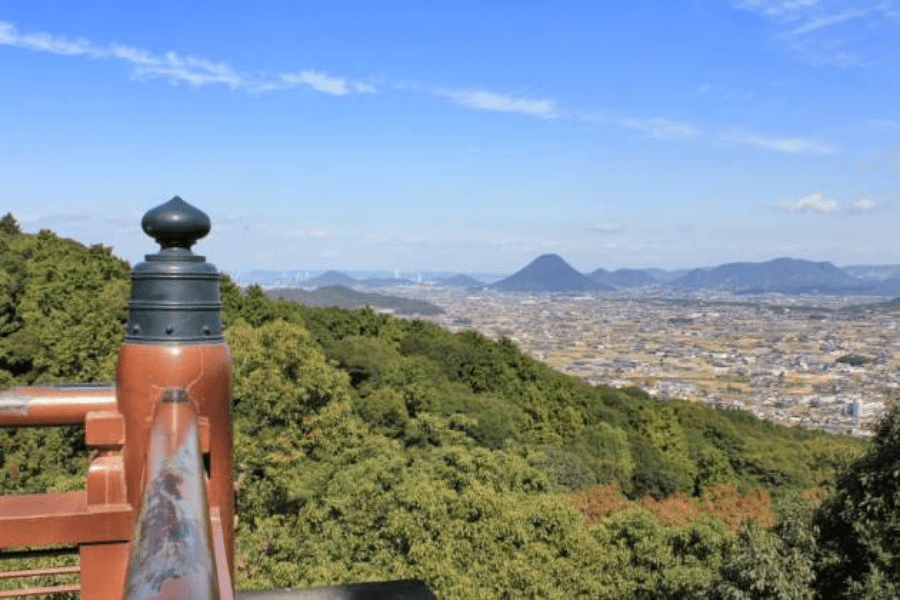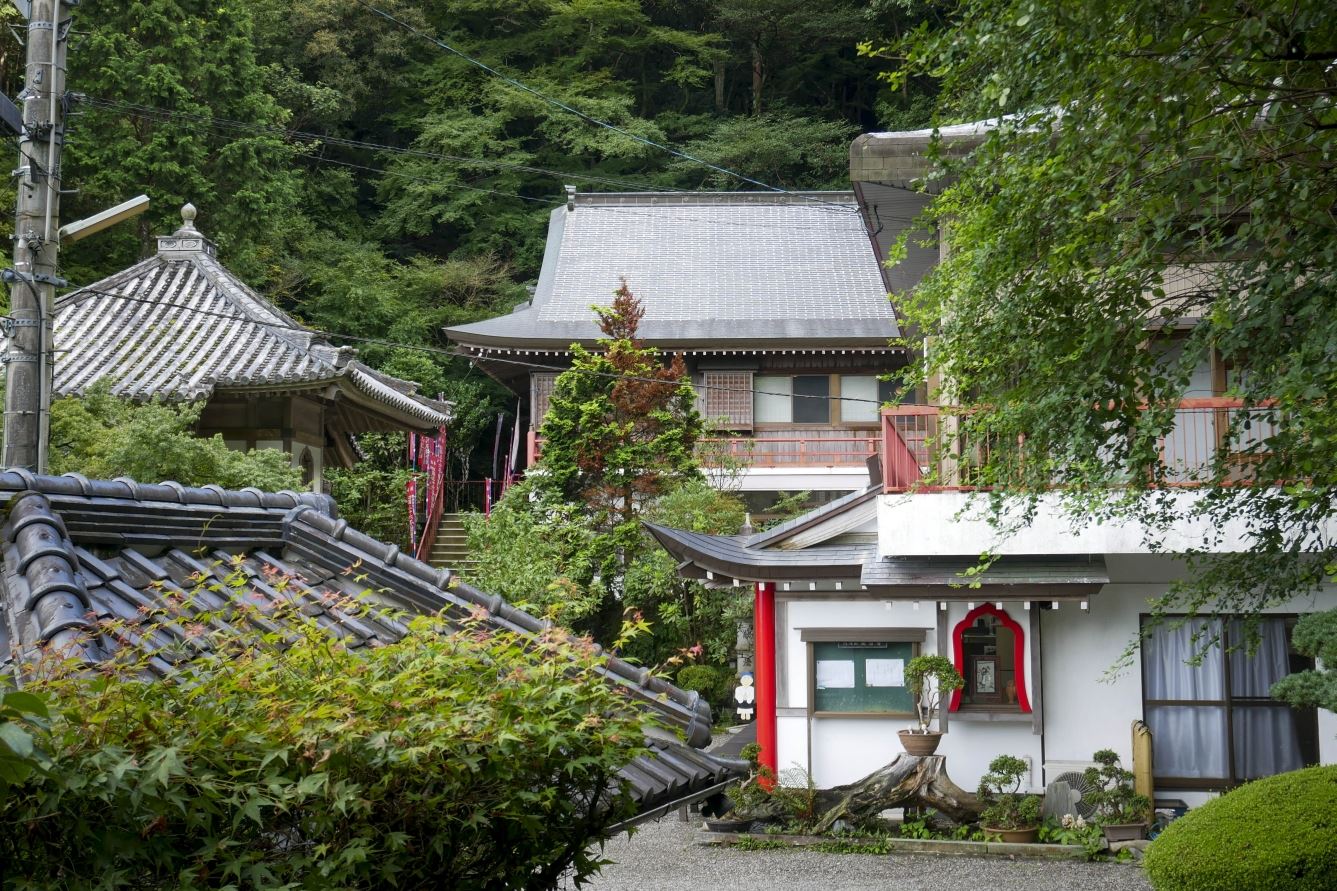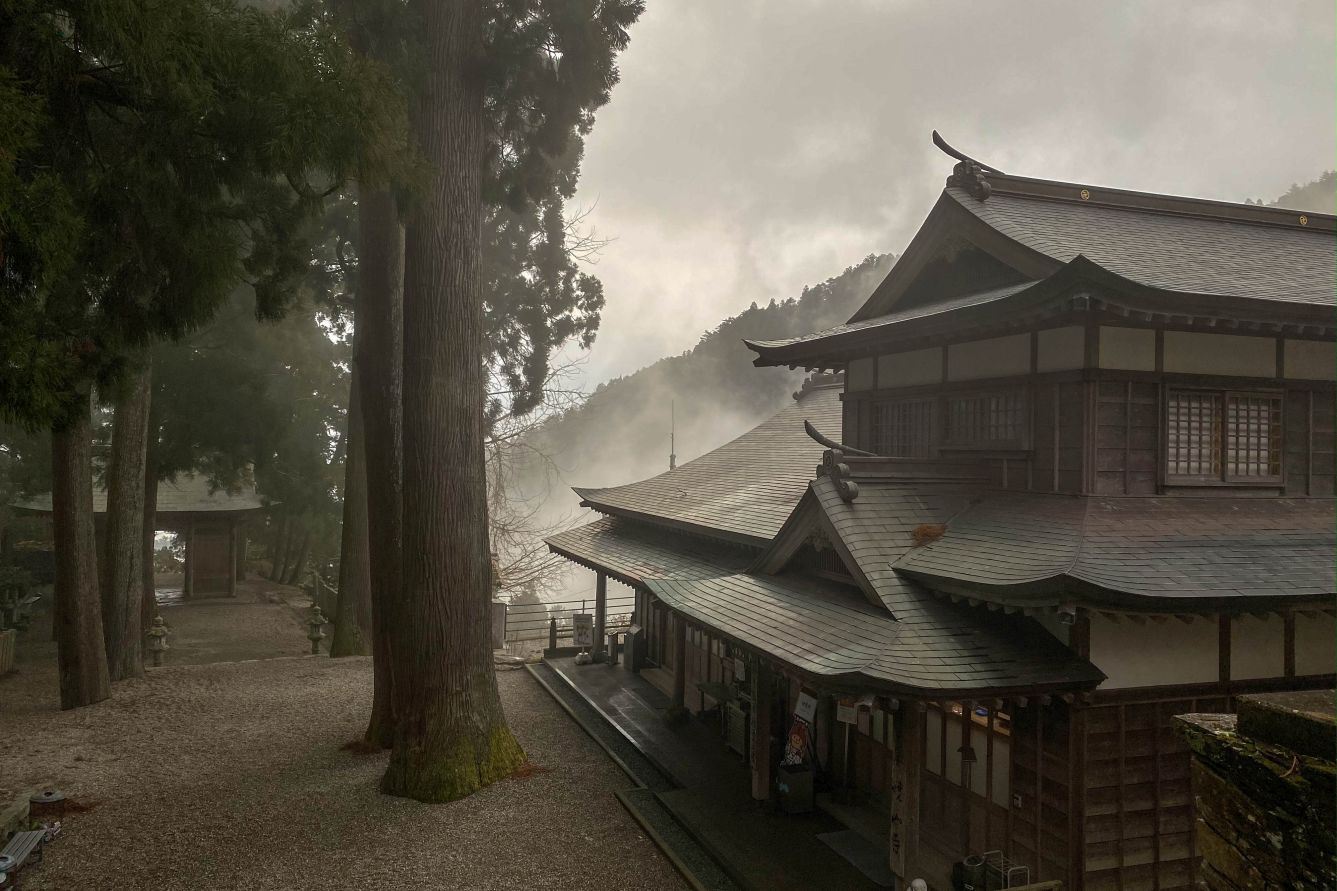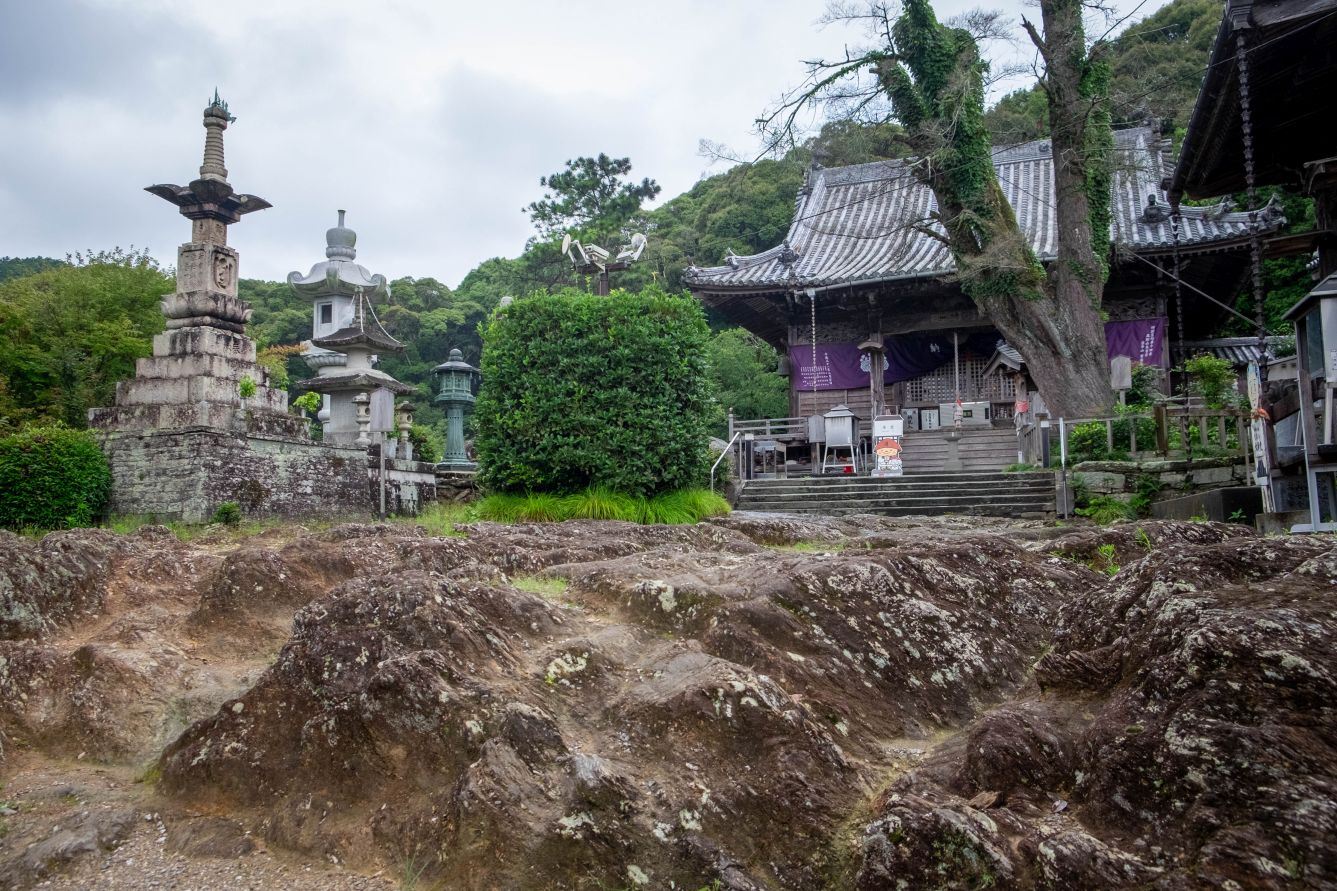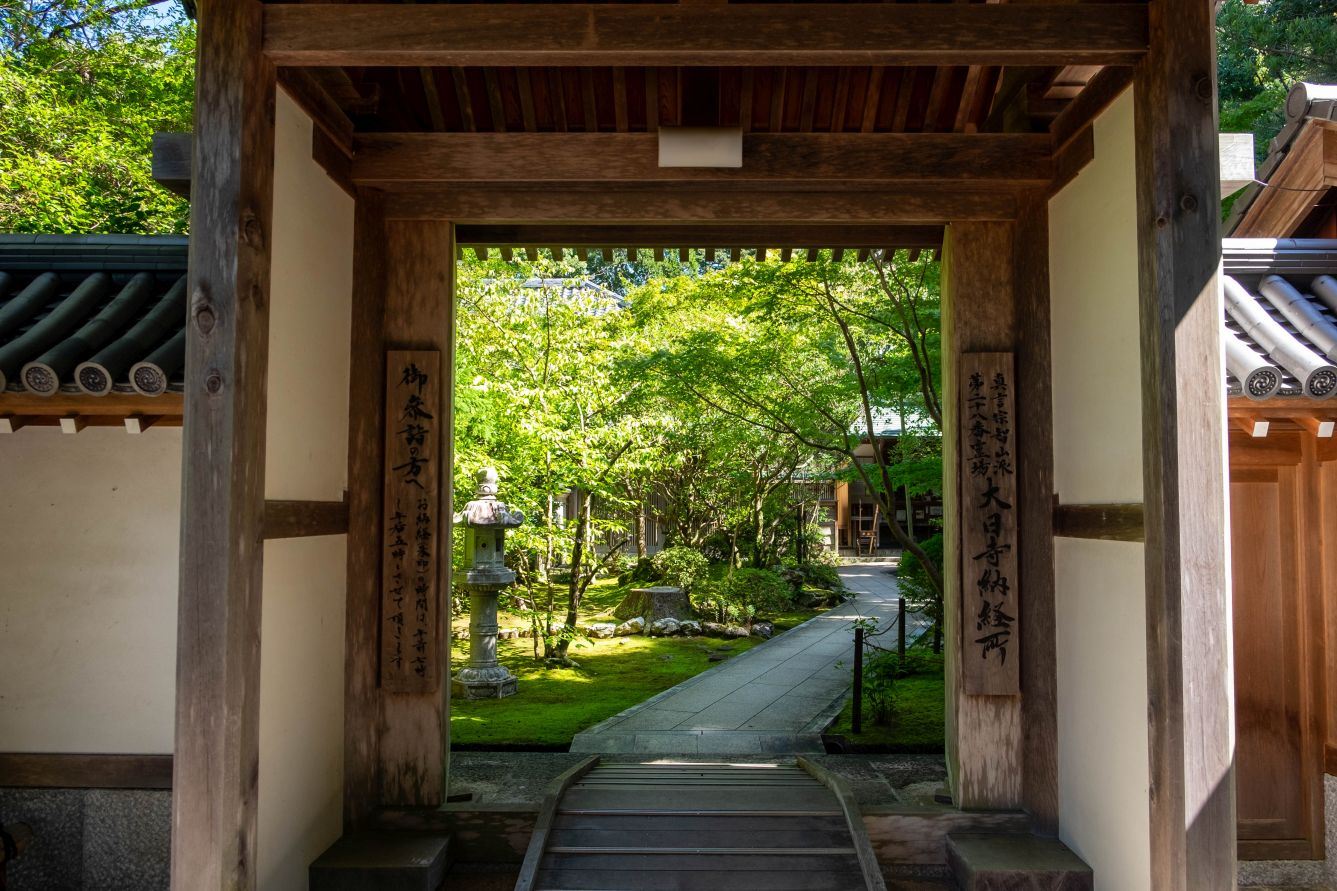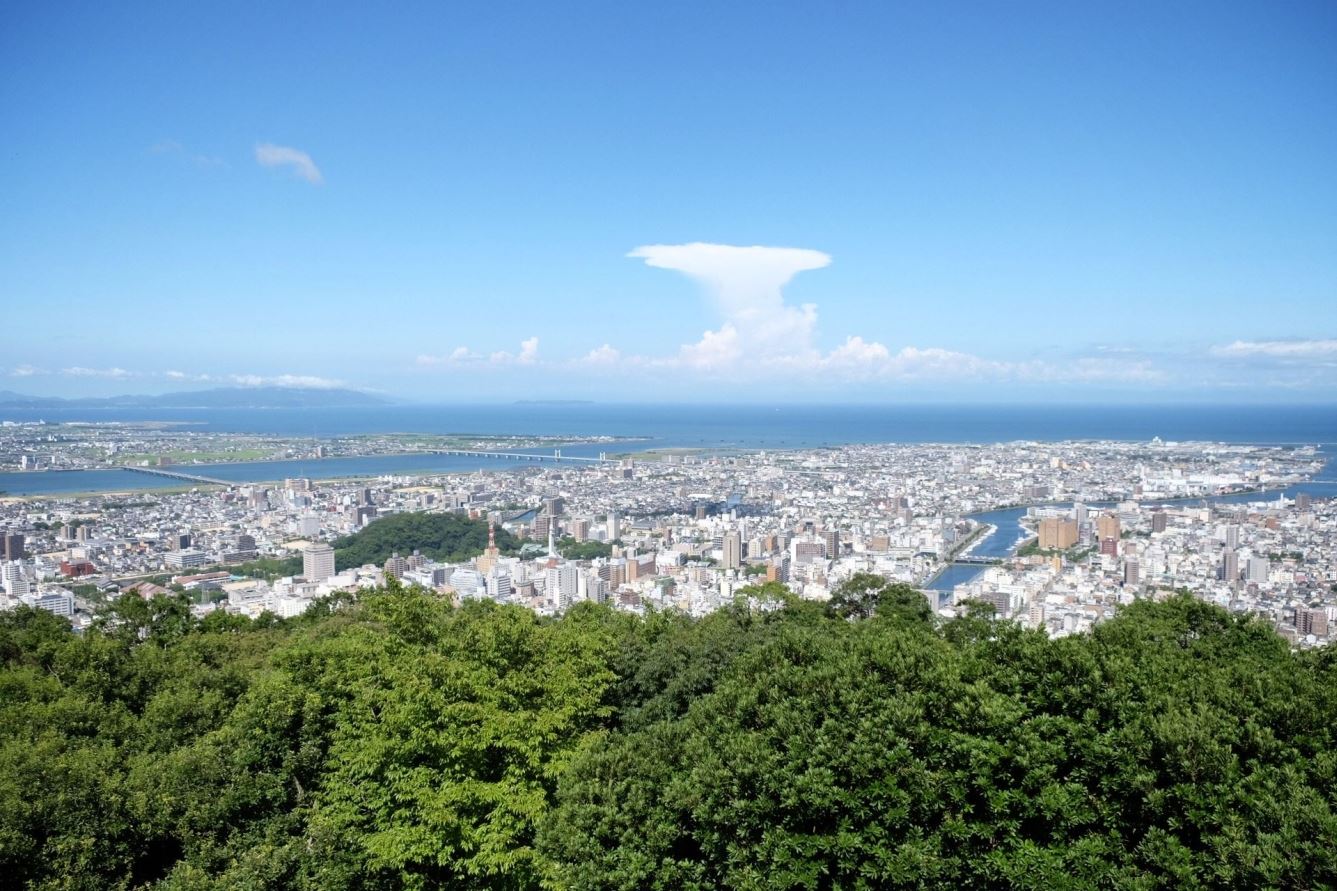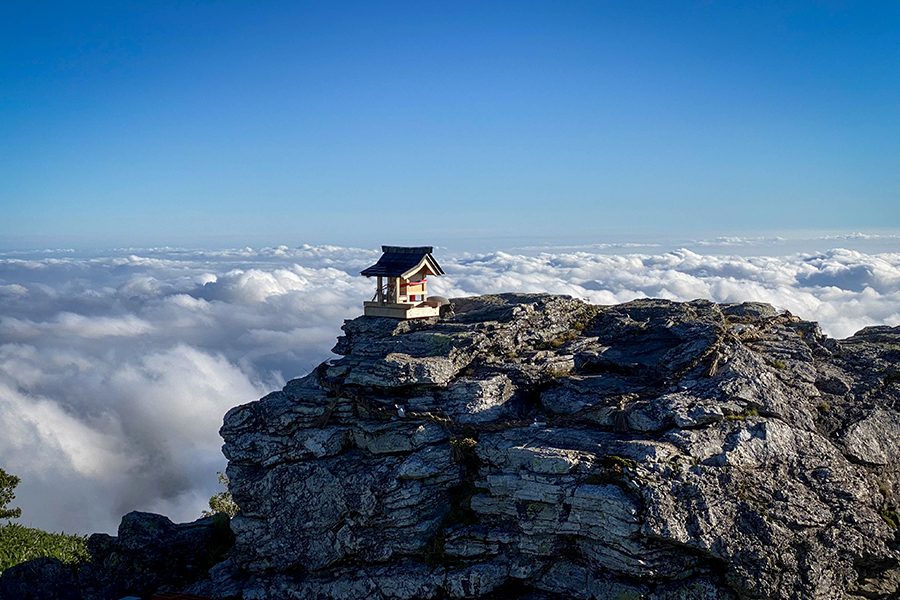Temple 13, Dainichi-ji
Home » Temple 13, Dainichi-ji
Temple 13, Dainichi-ji
Dainichi-ji is temple No. 13 on the Shikoku Pilgrimage, or Henro. It’s located between the hill on which Ichinomiya Castle stood, and the Akui River, a tributary of the Yoshino River in Tokushima city.
What to see
The temple stands across a busy, narrow road from Ichinomiya Shrine. Almost abutting the road are two stone pillars with the name of the temple in gold. Several steps up from the road is a four-legged roofed gate, a new addition built in the Heisei period.
Through the gate you can see a Kannon of Happiness statue, a colourful Kannon image nestling between the palms of praying hands made of bronze. This sculpture stands in front of the temple office and priest’s quarters. The sculpture is flanked by trees.
To the right of the Kannon is the Daishi Hall, and facing it across the enclosure is the main hall. The principal image is an eleven-faced Kannon. An image of Binzuru, the all-red, heavy-drinking healer sits prominently on the veranda of the main hall. To the left of the main hall is a small Jizō shrine and next to that is a water basin. The belfry is tucked away behind the Daishi Hall.
History
According to the temple, it was founded in 815 by Kūkai, who carved a statue of Dainichi Nyorai and enshrined it in the temple he built. At the end of the Heian period, Awa Ichinomiya Shrine was moved here from Kamiyama, and Dainichi-ji became its associated temple.
During the Northern and Southern Dynasties period, Ichinomiya Castle was built near the top of the mountain just east of the shrine. The clan who built the castle deeply revered the shrine, and also served as its priests. Between 1573 and 1592, during the invasion of Shikoku by the Toyotomi, Chōsokabe Motochika destroyed the Ichinomiya clan and gave control of the castle to a subordinate. But the castle fell, and Motochika was forced to cease his resistance and submit to the Toyotomi. The castle was given to the Hachisuka family and it was finally dismantled in 1615. The foundations of the castle can still be seen on the hill. The climb up to the castle is steep, but is rewarded with a panoramic view.
In the early Edo period, Hachisuka Mitsutaka, who became the third lord of the Tokushima domain, also revered the shrine, and rebuilt both the shrine and the temple. At some point, when the shrine became a pilgrimage temple, the temple began to be called Ichinomiya Temple.
Due to the separation of Shintō and Buddhism in the early Meiji period, the eleven-faced Kannon, the principle image of the shrine said to have been carved by Gyōki, was moved to the main hall of the temple as its principal image. As of that time, the temple became independent of the shrine.
The current chief priest, Kim Myō-sung, visited Japan in 1995 as a traditional Korean dancer, and the following year he married the former chief priest, Hiroe Oguri, and had a son, Kōmyō. When his wife died in 2007, he considered returning to Korea, but he decided to train as a priest and take over until his son became an adult and succeeded him. So he became the only chief priest from a foreign country serving in the 88 pilgrimage temples.
Information
Name in Japanese: 大日寺
Pronunciation: dainichi-ji
Address: Nishicho-263 Ichinomiyacho, Tokushima, 779-3132
Related Tours
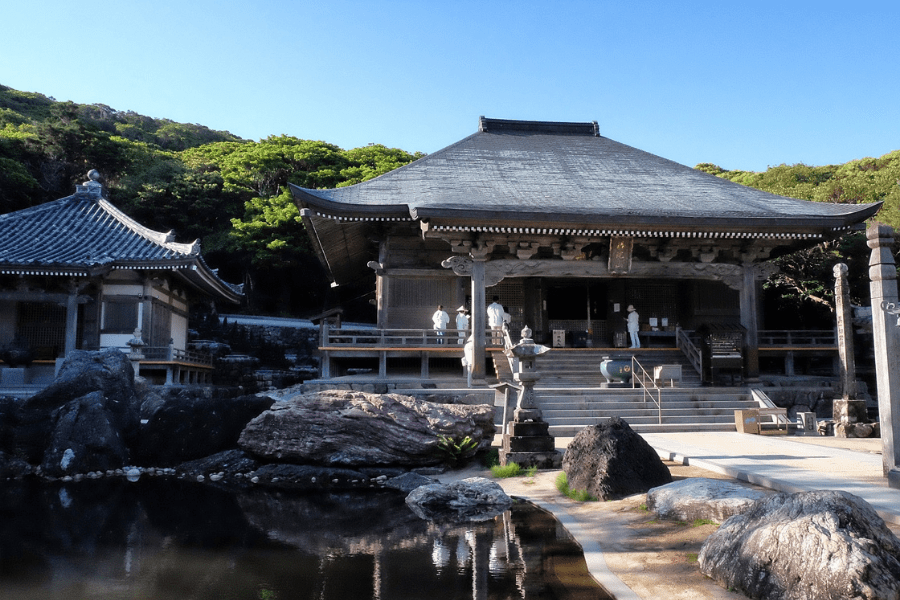
Experience the most beautiful and interesting temples of the Shikoku Pilgrimage in seven days.
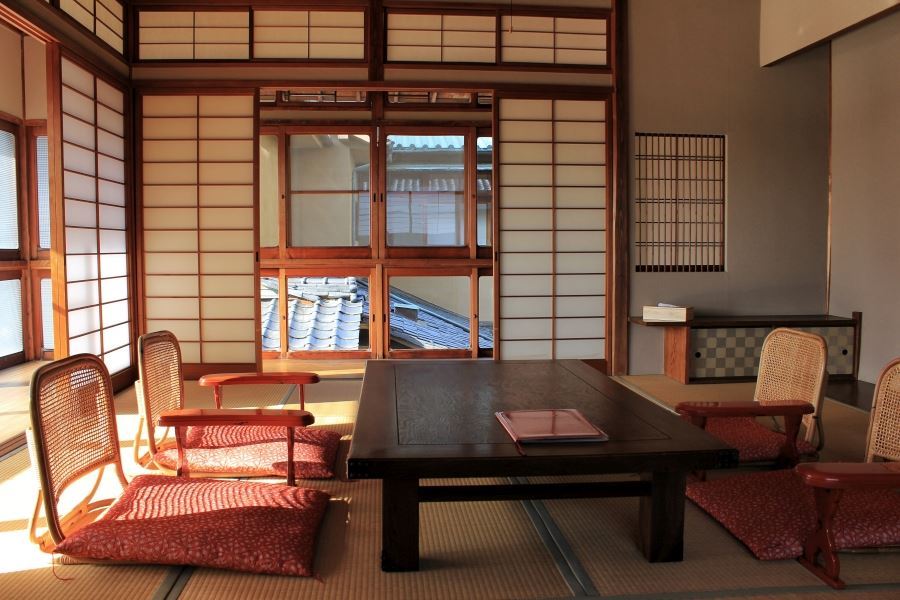
A tour for families or friends, staying in the most characterful kominka and ryokan of Shikoku.
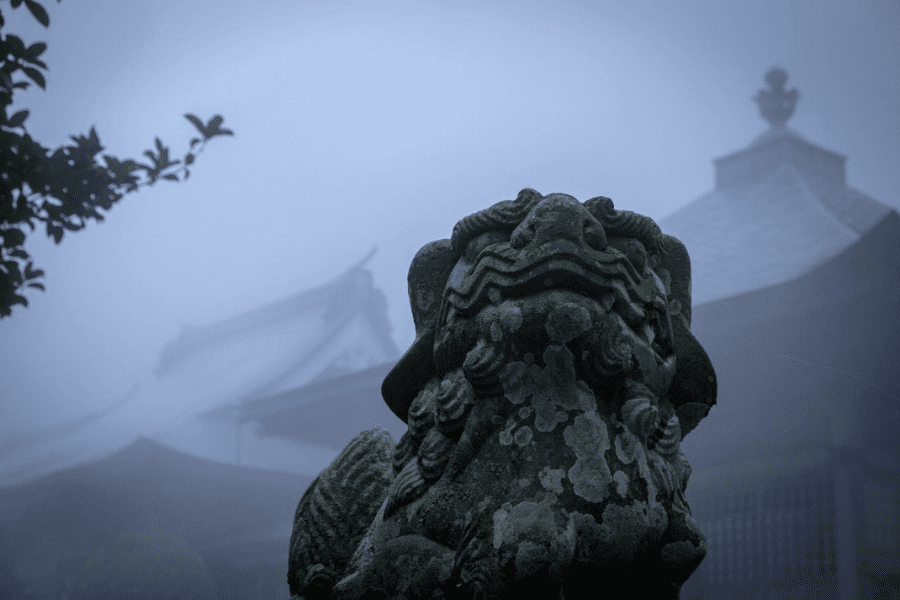
Visit the most beautiful and interesting temples of the Shikoku Pilgrimage and walk the toughest trails.
